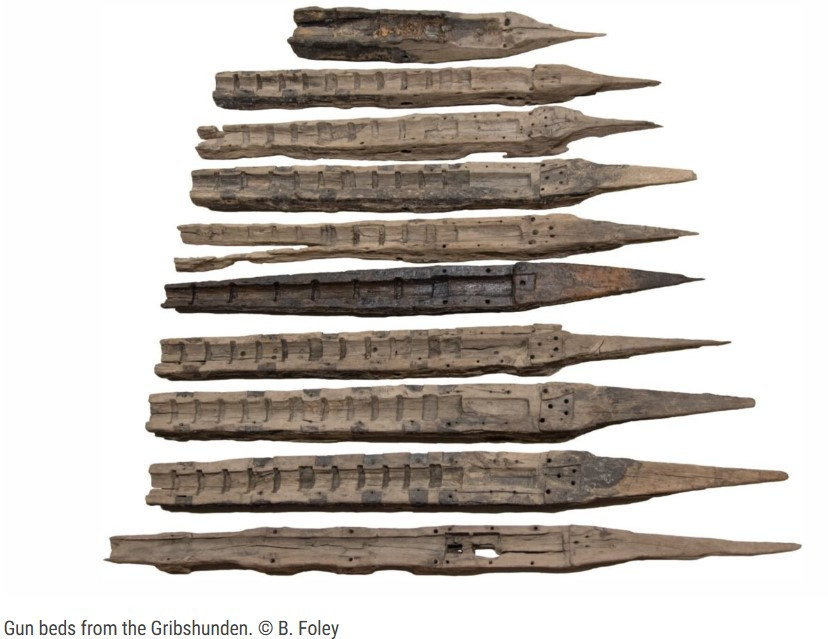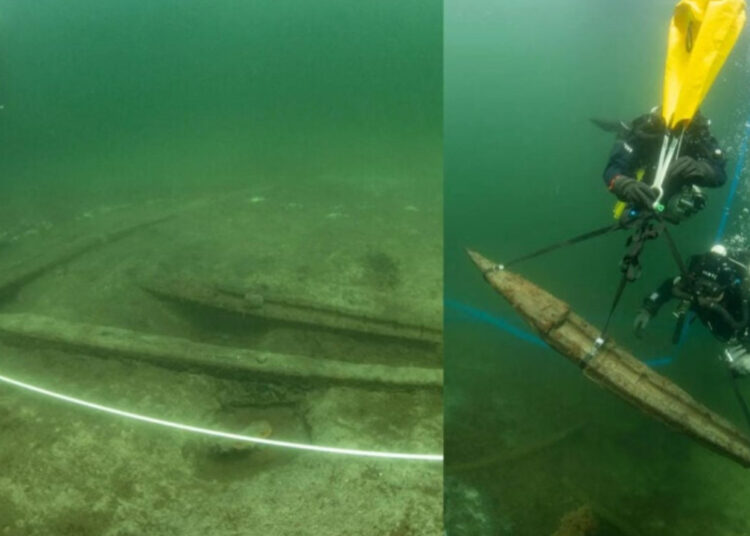While going back centuries, Europeans set out to conquer many regions of the world by crossing the Atlantic waters. The primary driving forces of this expansion were ships and firearms. A recent study offers unique clues about the technological superstructure of the late Middle Ages through the wreck of the Danish-Norwegian fleet’s flagship Gribshunden. This wreck is considered one of the best-preserved ship examples from the Age of Exploration and serves as a bridge connecting the period beginning with Christopher Columbus’s voyage in 1492 to the present day.

Archaeologists note that the organic materials found on the Gribshunden are noteworthy because they have reached us as a rare phenomenon. The ship’s wreck was accidentally discovered by divers in 1971; however, comprehensive archaeological studies began in the early 2000s. Gribshunden was equipped with small cannons used against enemy ships, containing at least 50 small-caliber guns. These guns were fitted with iron-core projectiles, providing effective close-range attacks against the crews of enemy ships.
Today, digital reconstructions conducted on wooden gun mounts marked by ancient techniques like those from Mesopotamia play a critical role in understanding the design of ships and artillery. Researchers state that examining these structures sheds light on design processes that extend back to the mid-16th century: “It helps us understand how shipbuilders and artillerymen perfected late medieval technology and maintained the same form over three centuries.”
Gribshunden was built near Rotterdam between 1483 and 1484 and accounted for about 8% of Denmark’s national budget in 1485. Researchers highlight that King Hans used this ship not for exploration but as a floating castle, designed as a symbol of economic, diplomatic, social, and cultural power. They also point out that his reluctance to participate in exploration voyages was due to his focus on consolidating his dominance in the Baltic region. Remembering that Pope Alexander VI granted Spain rights over the Americas in 1493, experts suggest that Hans was concerned about being excommunicated. The understanding that Spain and Portugal accepted the division of this region as Portuguese territory, discussed in the context of the Indian Ocean, also provides influential context.
The end of Gribshunden occurred in June 1495, when a fire broke out while it was moored near Ronneby, Sweden. King Hans was not on board. Some of the cannons found during excavations were found to have ricocheted at the moment of explosion, with one or two sides flattened. The archaeological studies of Gribshunden are considered an important resource for understanding the travels, trade, and ways in which ancient civilizations shaped the world.









